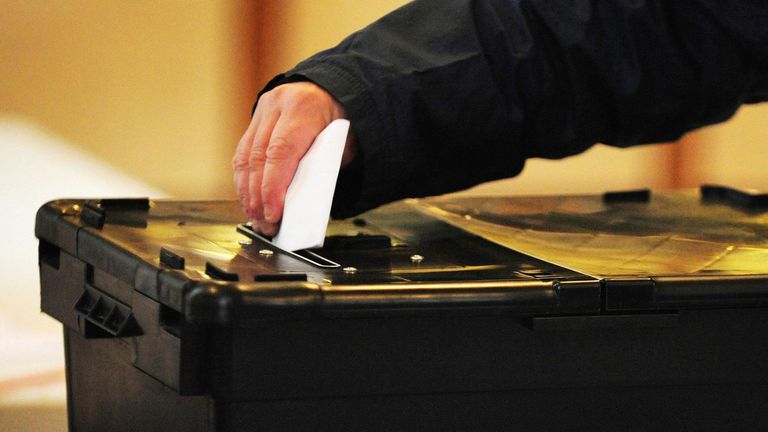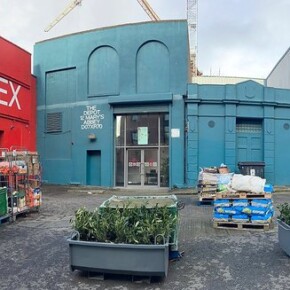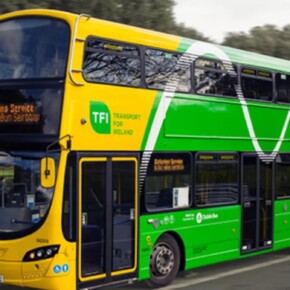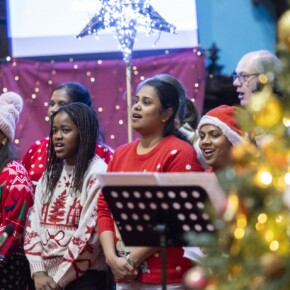Anything goes in Kimmage-Rathmines
Mike Finnerty 20 Mar 2024
Kimmage-Rathmines is the rare local constituency that stretches across two different Dáil constituencies; Dublin South-Central and Dublin Bay South.
This mish-mash of constituencies is a hint as to how the constituency will vote in May.
Dublin South-Central is often referred to as The People’s Republic Of Dublin South-Central owing to its penchant for voting for left-wing TDs, while Dublin Bay South is one of the most affluent constituencies in Ireland.
Dogs and cats living together, mass hysteria!
The current state of play in Kimmage-Rathmines has a Green, a Labour, a Fine Gael, an Independent4Change, a Social Democrat and a Fianna Fáil serving as elected reps.
That could all change come June for one simple reason; there is no chance that the Greens get 20% like they did in 2019.
Patrick Costello rode the Green wave in 2019 to scoop 20.3% of first preferences and topped the poll in the area, but the proceeding five years have not been kind to the party.
As we have stated in this series of articles, the Greens were the major beneficiaries of the centre-left expressing frustration with the government in 2019, and it was tied to a burgeoning climate movement across Europe.
Carolyn Moore was co-opted onto Dublin City Council following Costello’s general election victory in 2020 and has become one of the leading voices for the party on Dublin City Council.
Lest we forget, party leader Éamon Ryan is in the nearby Dublin Bay South so two of the party’s 12 TDs exist within the same constituency at a local level; at the very least there is a strong party infrastructure in place to get Moore re-elected.
Moore being unlikely to attain 20% of first preferences will severely alter the dynamics of the race, however.
5% of first preference votes is enough to put a candidate into contention at a local level and it is likely that 5% of voters who put the Greens on top in 2019 will leave the party in favour of other candidates ranging from current Government parties to the left-wing.
Any of the other candidates in the paper look to benefit from the Green exodus, but Sinn Féin could be the party that benefits the most.
The party ran two candidates in 2019 but barely cracked 8% of first preferences between them, and neither were elected.
They have chosen Ciarán Ó Meachair and Jacinta Deignan as their candidates, and getting one – and ideally both – candidates elected will show that the Sinn Féin machine is up and running.
Just one year after a torrid set of local elections of Sinn Féin, the party skyrocketed to victory in the following year’s general election in Dublin South Central with Aengus Ó Snodaigh scooping nearly 40% of first preferences.
If the party wants to succeed in its aim to become the biggest party on Dublin City Council, winning 2 seats here is on their to-do list.
Fianna Fáil were more successful in running two candidates in 2019, with 2021 Dublin Bay South by-election candidate Deidre Conroy winning a seat on the day for the party.
The party will be looking to secure another term on Dublin City Council for Conroy alongside Michael Connolly.
Conroy has somewhat of a national profile from the 2021 by-election becoming a national news story so having name recognition with voters, good, bad or indifferent, will play a part in keeping Conroy on voters’ minds.
The party being confident enough to bring in a running mate for Conroy implies the party have faith in her and are hopeful in Connolly making the leap from data scientist to a member of Dublin City Council.
Fine Gael will also be running two candidates.
Punam Rane has been selected to keep the seat won by Anne Feeney in 2019 while Patrick Kinsella has been drafted in alongside her.
Rane previously served on Fingal County Council, representing the people of Blanchardstown – Mulhuddart, but has been drafted in to defend the seat for Fine Gael.
Considering Fine Gael had 13.7% of first preferences between their two candidates in 2019, distrubiton management will be key.
Out of the Government parties assured of a seat in Kimmage-Rathmines the Greens have such a solid built-in voter base that it’s hard to look past them, while Fine Gael and Fianna Fáil’s candidates are 50-50.
The Social Democrats selected local business owner Eoin Hayes as their candidate in early February and will look to pick up from where the incumbent Tara Deacy left off.
Hayes stated in his election announcement that he would be a voice for renters should be elected having been a renter “all his adult life.”
“We deserve the same standard of living as that available in any other modern European capital city: strong public transport links, safe cycleways, clean and calm streets, and green spaces we can thrive and play in – communities that are safe, people-centred, and fun,” he said.
Hayes is the candidate on the paper most likely to siphon votes away from the Greens, and possibly even Labour.
While there are two sets of data to judge the Social Democrats on, the party also appears to be transfer-friendly which means that Hayes is in with a solid shout.
Veteran Labour Councillor Mary Freehill has made way for primary school teacher Fiona Connelly.
With Freehill representing the Rathmines since 1991 those are mighty boots to fill, but Connelly was selected by Labour last June.
Freehill attained an average of 12.2% of first preferences over the six elections that she fought, which is more than enough to secure a seat in a local election.
With Kimmage-Rathmines being a 6-seater a candidate would need even less than that to get elected, so Connelly has every right to believe that she could be elected.
The area falling in Dublin Bay South means that it can also call upon the election infrastructure of leader Ivana Bacik.
Former Olympic boxer Phillip Sutcliffe will be running here for Independent Ireland (along with a run in Ballyfermot-Drimagh).
Guessing how Independent Ireland as a whole does in Dublin is total guesswork as the party is inherently a rural one by nature, but maybe they know something we don’t.
People Before Profit will also be looking to zero in on the Green vote from 2019.
In 2019, the Greens cobbled together a voting coalition of eco-socialists, young progressives, climate-conscious centrists and traditional environmentally-minded voters and that vote is now drifting elsewhere.
That vote has since collapsed, in particularly the left-wing environmentalist vote, and that’s where People Before Profit comes in.
The eco-socialist vote is People Before Profit’s bread and butter, and the party will be hoping Shay L’Estrange can pick up the vote.
The party were within 130 votes of winning a seat here based on first preferences last time and will look to go one better this time.
A surge for People Before Profit would put Independents4Change Councillor Pat Dunne under serious pressure.
Relative to other left-wing parties, Independents4Change are one of those parties you need to explain to people what their deal is (hint: they’re Clare Daly and Mick Wallace’s party) so this relative anonymity may end up costing them.
When other parties such as People Before Profit and arguably Sinn Féin are on the ballot the average voter is going to have some working knowledge of the party and their policies, the same cannot be said of I4C.
People Before Profit taking Dunne’s seat is a sub-plot to watch come June.
6-seaters are when the Irish electoral system comes into its own, and there is no better example of this than Kimmage-Rathmines.











